In search of the world’s best saffron
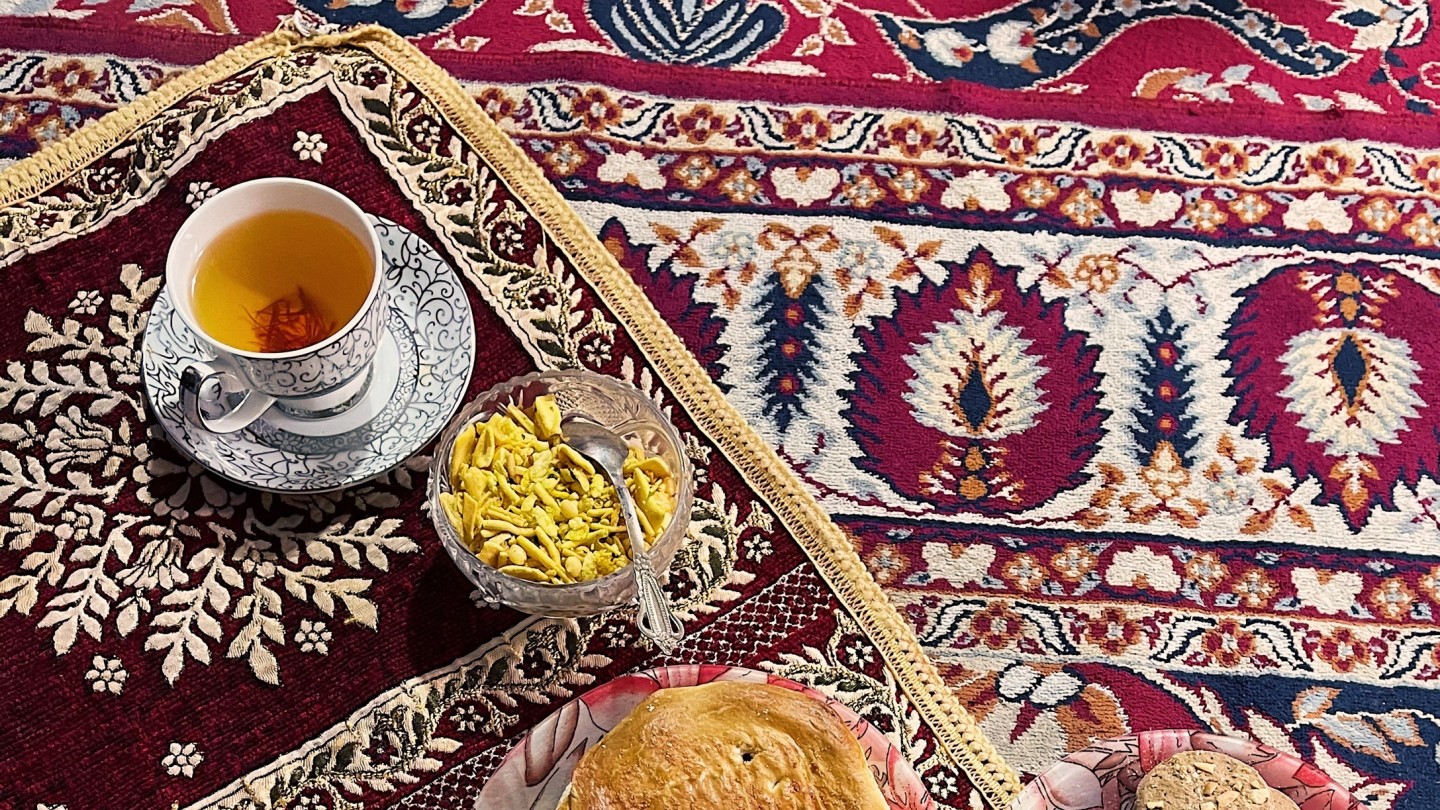
Roula Khalaf, Editor of the FT, selects her favourite stories in this weekly newsletter.
When British-Indian chef and food writer Romy Gill toured Kashmir in 2020 and 2021 to research her new book On The Himalayan Trail, she was frequently offered a spiced tea called kahwa. One of the best showcases for Kashmiri saffron, kahwa is a green tea steeped with cardamom, cinnamon and saffron, sweetened with honey and garnished with blanched almonds. At the floating market on Dal Lake in Srinagar, she had it from a vendor on a passing boat who poured it from a steaming kettle into paper cups. At Chai Jaai, a tea room in Srinagar, she drank it from a cup and saucer with Kashmiri breads while looking out across the Jhelum River. Her favourite was from a tea seller in Pampore (where most Kashmiri saffron is grown), who managed the temperature by adding charcoal to his samovar. Gill remembers, as a child growing up in West Bengal, being reprimanded by her grandmother for being wasteful with the world’s most expensive spice. But here in “Saffron Town”, as Pampore is known, a roadside vendor could use it with abandon.
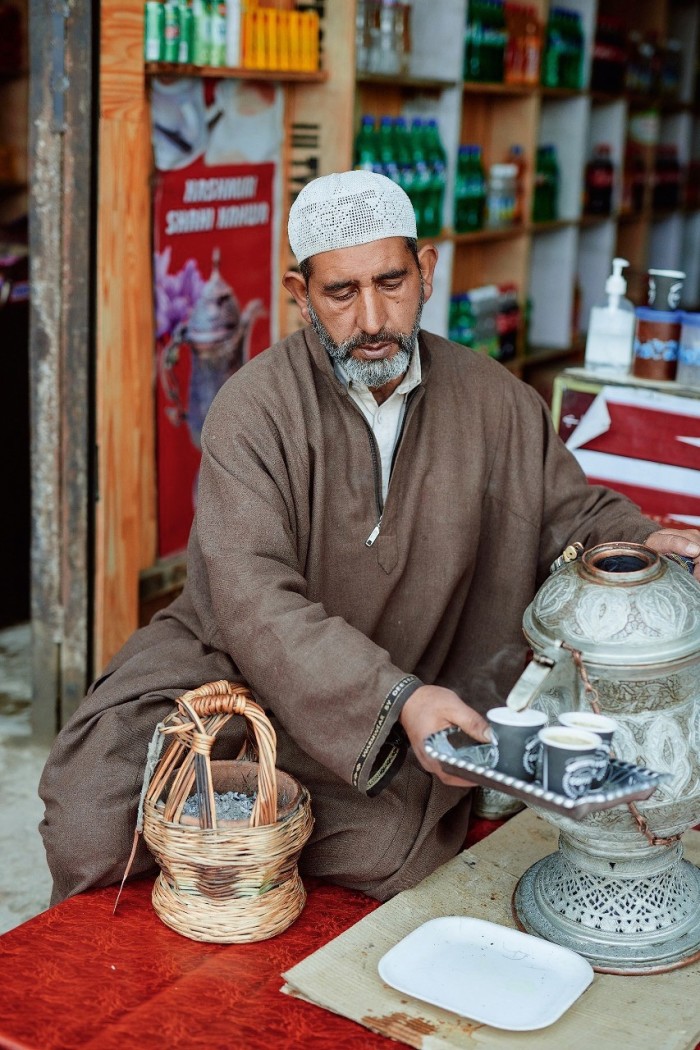
Gill has been using saffron for years. It features in many of her signature dishes including her saffron and cardamon ice cream. And it’s the ingredient she places centre stage in a call to action at the start of her new book. Saffron derives from the lilac-flowered Crocus sativus. It has a floral, earthy flavour that hovers between sweet and savoury. Most of the world’s production happens in Iran. Kashmiri saffron, however, is considered the best. The strands are denser and more fragrant and the colour is darker, a bloody red instead of the pinkish hue of Iranian saffron. Slightly more bitter, it nonetheless brings a deeper taste and richer aroma to food.
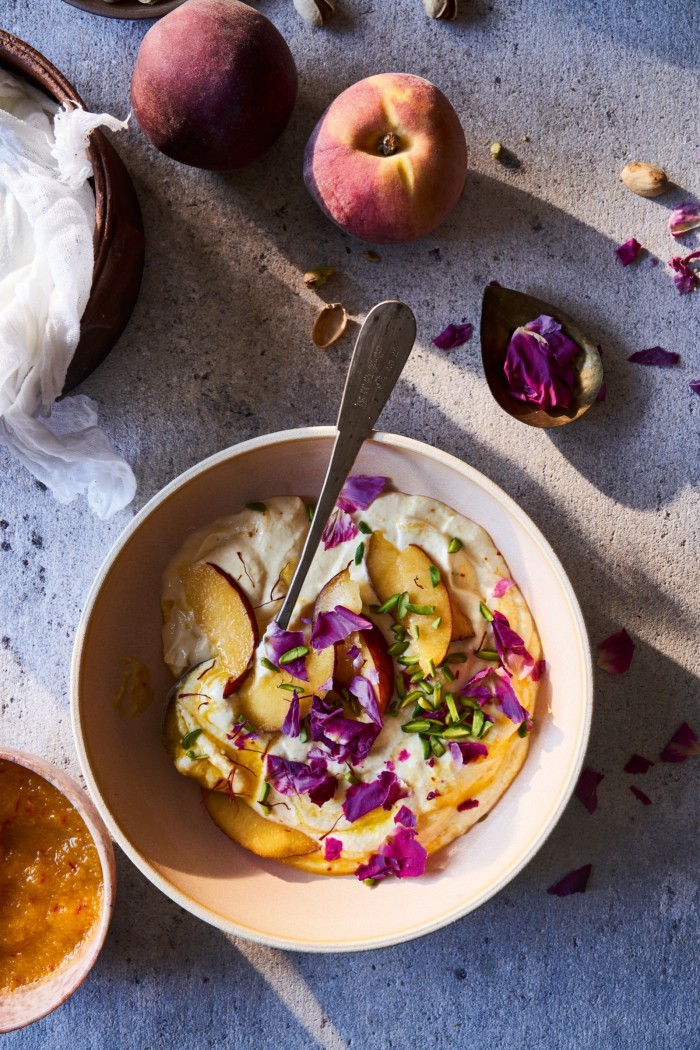
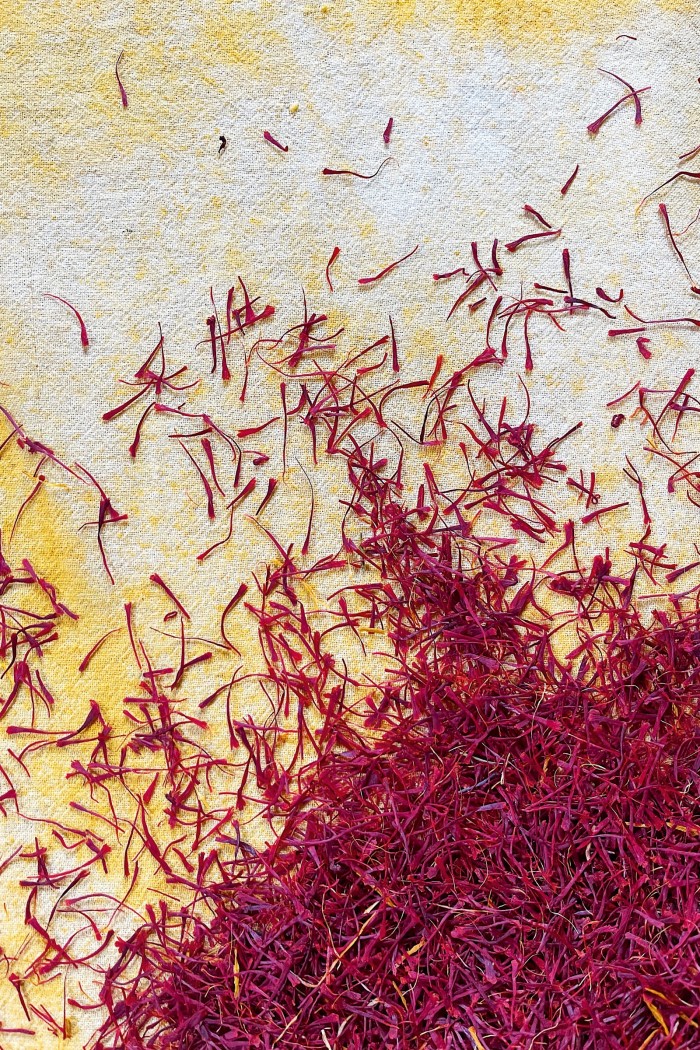
Due to political unrest, droughts and climate change, the production of Kashmiri saffron is in decline and the livelihoods of 30,000 families associated with its farming are under threat. The traditional process, which involves removing the threads from the flower and painstakingly separating the red and yellow strands, is incredibly intensive: only the red ones have culinary value. The strands are sifted by hand, tossed in wicker trays, then picked over with tweezers. It can take five men up to a week to process 5kg of saffron. But it’s a method that produces unique results. As Sana Javeri Kadri, founder of spice company Diaspora Co, explains, the warmth from the workers’ hands draws out the oil in the saffron, enhancing its flavour: “The aroma hits you immediately.”
Javeri Kadri, who grew up in Mumbai and is based in Oakland, launched Diaspora in 2017 with the aim of building a better spice trade. Spices on supermarket shelves can be up to six or seven years old. Diaspora spices are, by contrast, dispatched within weeks of harvest. The company, which pays farmers on average six times the basic commodity price, sources its Kashmiri saffron from a third-generation farmer in Pampore called Raqib Mushtaq. According to Mushtaq the strands should be dark red, glossy to touch and trumpet-shaped with the top flaring out (which indicates freshness). When steeped in hot water, the water should turn deep orange and the taste, when drunk, should envelop the palate.
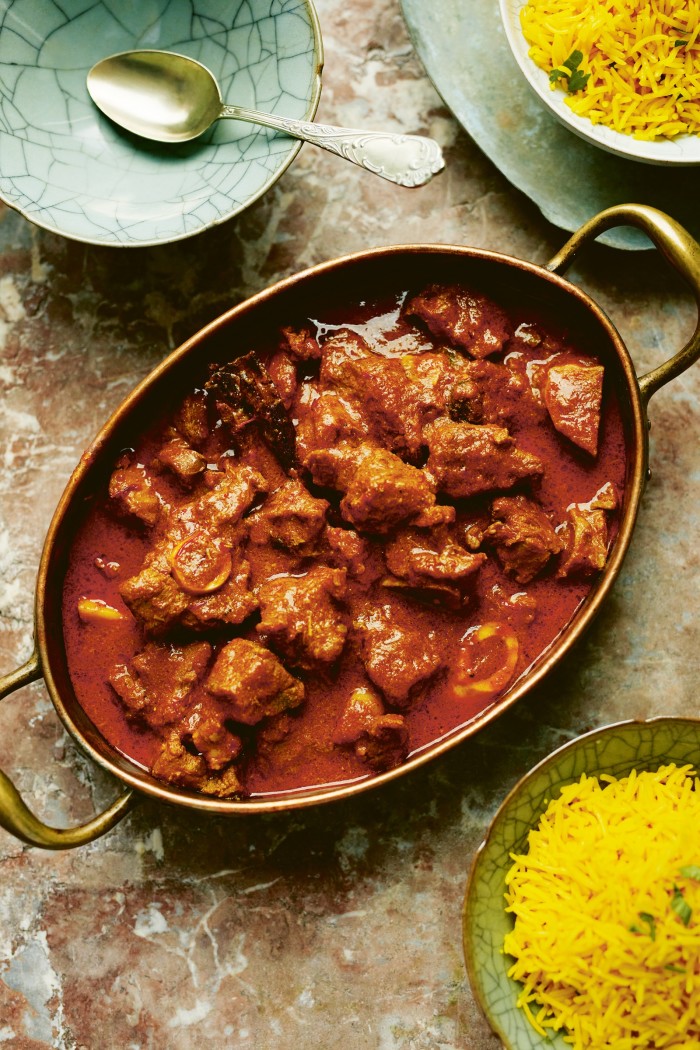
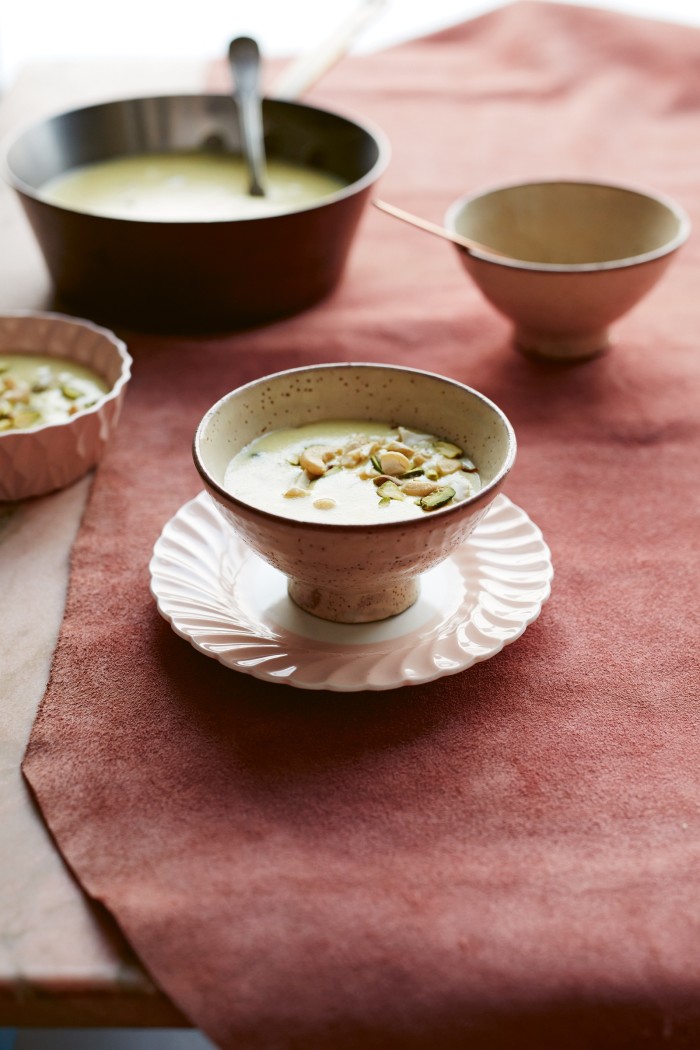
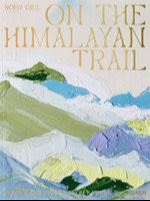
As for cooking, Gill urges the use of Kashmiri saffron above other varieties. “It’s not only the best but a way to keep Kashmiri traditions alive,” she says. Her book shines a light on efforts to restore the industry’s fortunes through the India International Kashmir Saffron Trading Centre and introduction of e-auctions and GI tagging, which certifies authenticity. When cooking, Gill advises soaking saffron in milk or water before adding to savoury dishes such as kong kokur (saffron chicken) and kokur yakhni (chicken cooked in yoghurt and saffron gravy). Both recipes feature in On the Himalayan Trail. The book also includes recipes for saffron pilau, halwa (semolina pudding), kong phirni (a thickened dessert) and Muslim rogan josh, which derives its intense gravy not from tomatoes but from saffron, Kashmiri chilli and dried cockscomb flowers. But a cup of reddish-gold kahwa, says Gill, is still the simplest and most nourishing way of enjoying the spice’s unique colour, taste and aroma.
Comments